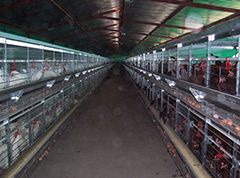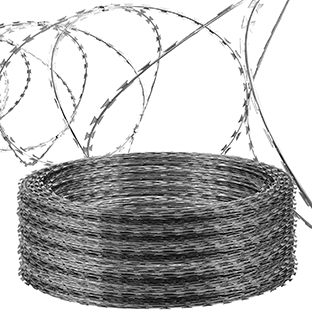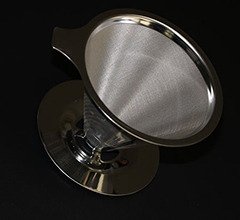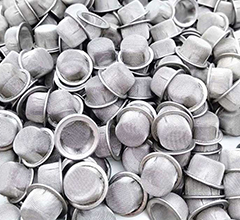At present, in the process of raising chickens in broiler cages, the key to hinder the healthy growth of broilers and the benefits of farmers is disease.
First, the pre-feeding period (0-15 days old): At this stage, if the broiler is sick, the mortality rate is generally about 2% to 3%, accounting for about 30% of the total number of deaths in the whole period. The main control points of the farmers at this stage are:
1. Control the ambient temperature: The chick stage needs a more stable temperature to grow healthily. Therefore, the farmer should pay attention to reducing the metabolic disorder and immune suppression caused by the brooding temperature or high or low, resulting in death. 2. At this stage, farmers should pay attention to controlling white rickets and colibacillosis in broilers. The main cause of the disease is the chicken-borne bacteria, which is transmitted vertically; and the hatchery environment selected by the farmers may be poor, and the disinfection is not strict, resulting in infection of the chickens.

Second, in the middle of the breeding period (15 to 40 days old), the key points for farmers to raise broilers at this stage are:
1. Control coccidiosis, mycoplasmosis and colibacillosis, while paying close attention to bursal disease. The main cause of the disease is that the litter is moist, especially in the cold winter and rainy seasons, the coccidia eggs are easy to breed. Feeding density, immunity, grouping and other stress factors, frequent disturbances to the flock, do not pay attention to environmental disinfection, unreasonable use of antibiotics, easily lead to the decline of chicken body resistance and disease. 2. Control the diet. Reduce the occurrence of ascites syndrome in broiler chickens. For broilers that grow too fast, they should be restricted before 3 weeks of age.
Third, the rear feeding period (40 days old to the bar) Once the farmers are raised to this stage, it means that the broiler chickens are about to be sold out, and the rear feeding is also very important. The mortality rate in this period is generally about 3% to 4%, accounting for about 35% of the total number of deaths in the whole period. The key points of farmer control at this stage are:
Mainly to control atypical Newcastle disease and E. coli mixed infection. The occurrence of atypical Newcastle disease is mainly due to the decrease in the resistance of the chicken body to Newcastle disease virus after the chicken antibody level is lowered. Most of the causes are due to improper vaccine selection, long interval between immunizations, and unreasonable immunization methods.


.jpg)




.png)




























































































































